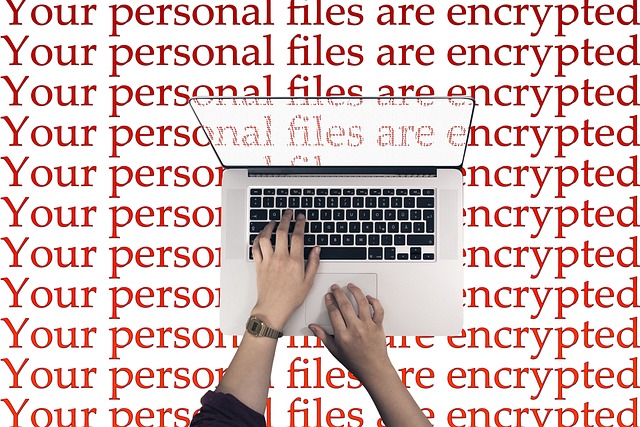
Enhancing Security in Education with IT and Informational Technology
In today’s fast-paced digital world, the realm of education faces unique challenges that demand innovative solutions. As educational institutions increasingly rely on technology, the importance of enhancing security through IT and informational technology becomes paramount. This intersection of education and technology not only safeguards sensitive information but also fosters a safe learning environment for students and educators alike.
One of the pivotal aspects of improving security in education is the implementation of robust IT infrastructures. Schools, colleges, and universities are now adapting to cloud services, online learning platforms, and administrative software, which can expose them to various cyber threats. By investing in advanced IT solutions, institutions can protect themselves from data breaches and unauthorized access.
Moreover, the deployment of firewalls, encryption, and secure access protocols is crucial. These tools act as a first line of defense against cyberattacks, ensuring that both student data and institutional networks remain secure. With the rise of remote learning and online classrooms, it is essential for educational institutions to educate staff and students about best practices for using these technologies safely.
Informational technology also plays a significant role in enhancing security within the education sector. By utilizing data analytics and machine learning, institutions can monitor network traffic and identify unusual patterns that may indicate a potential security breach. This proactive approach not only protects sensitive information but also enables institutions to respond swiftly to any threats.
Additionally, training and awareness programs are fundamental in creating a culture of security in educational settings. Equipping both staff and students with the knowledge of how to recognize phishing attempts, secure their devices, and manage their online presence can drastically reduce the risks associated with information technology.
Furthermore, establishing clear policies and guidelines surrounding the use of technology is essential. By setting expectations for responsible technology use among students and staff, institutions can mitigate risks and enhance overall security. Involving stakeholders in the development of these policies ensures that the perspectives of all users are considered, leading to a more comprehensive approach to security.
As we look to the future, it is clear that the integration of IT and informational technology in education presents both challenges and opportunities. The potential for innovative learning experiences is immense, but so is the responsibility to protect the data and well-being of everyone involved in the educational process. By prioritizing security, institutions not only protect their assets but also empower their communities to thrive in a digital world.



